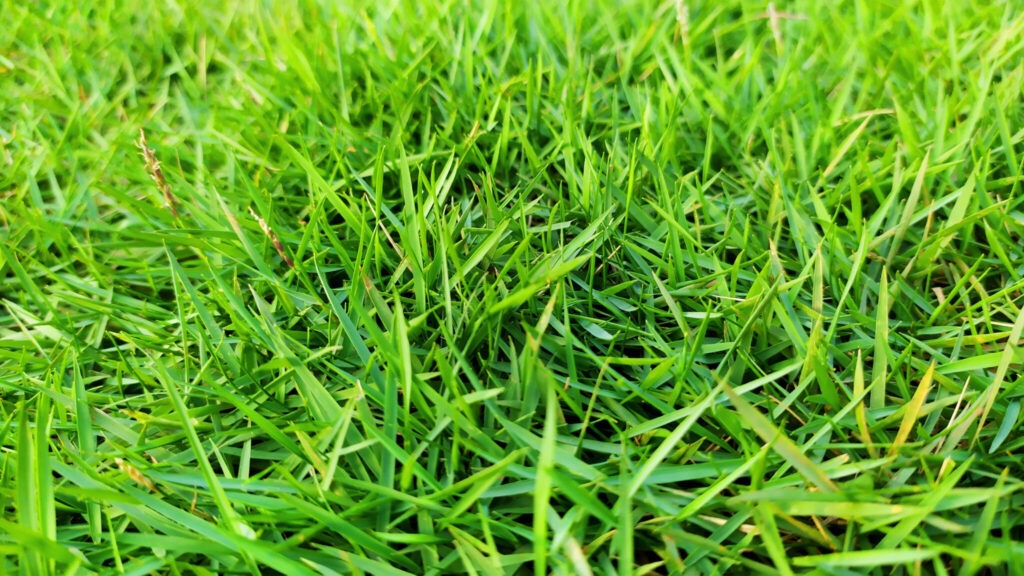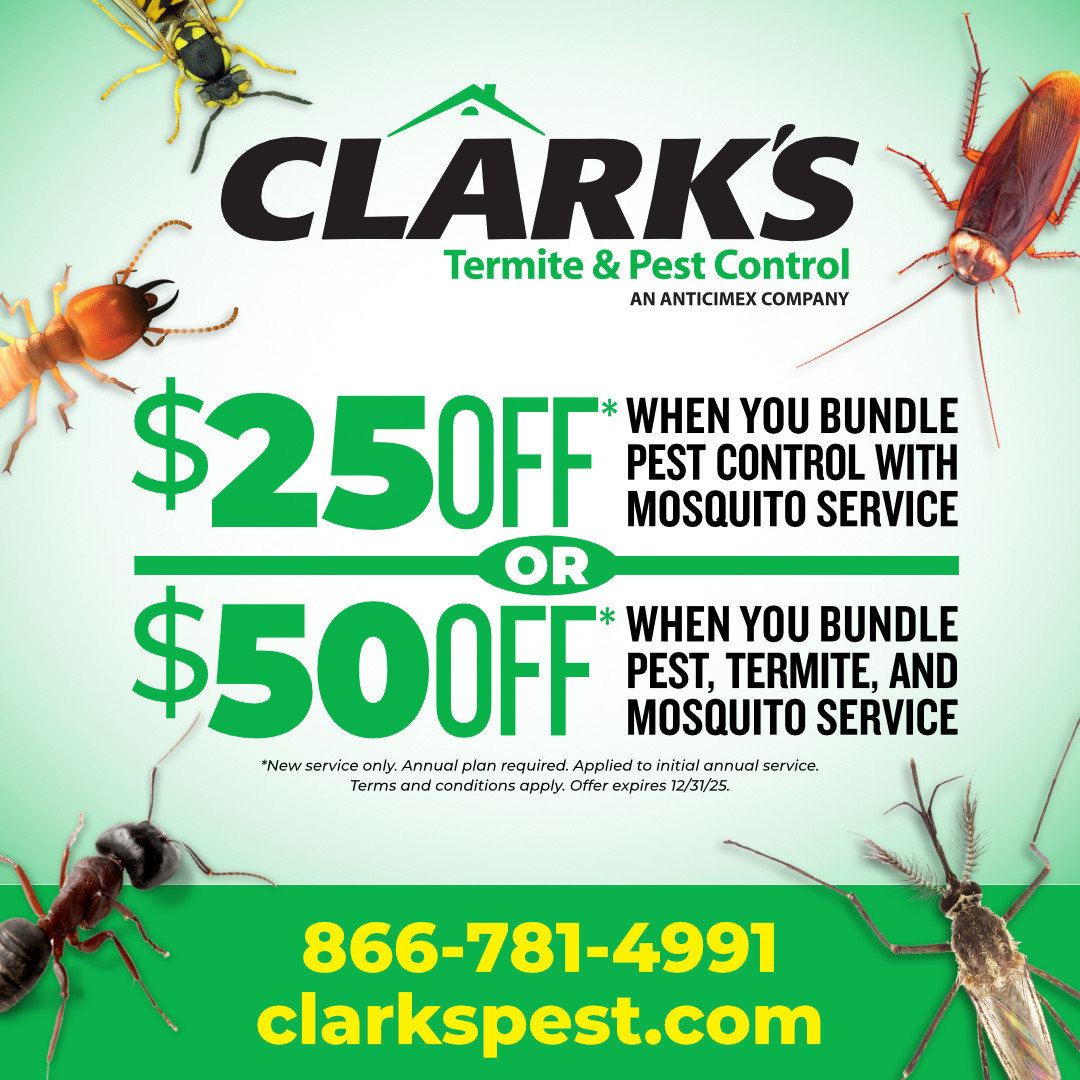
A Zoysia grass lawn is very thick and grows well in the sun and partial shade, but it will thin out in dense shade. Mower blades must be sharp, and you must mow the grass as low as possible. Zoysia grass is the only grass with rolled vernation.
January/February
Spring Pre-Emergent Application
Objective: Target weeds that typically start germinating in early spring, including crabgrass, annual bluegrass, goosegrass, lespedeza, and some broadleaf weeds.
April/May
Spring Green-up
Objective: Give turf that initial nitrogen feed to promote greening up and leaf & runner (stolen & Rhizomes) growth. We also include another round of pre-emergent to target crabgrass, spurge, and some broadleaf weeds. This is a granular, slow-release fertilizer to provide up to 3 months of feed, depending on environmental conditions.
June*
Early Summer Application
Objective: Boost nitrogen. The application will include micronutrients and bio-solids to help the turf with extreme heat and dry conditions. Iron will be added for color.
July*
Mid-Summer Application
Objective: To provide another boost of nitrogen. We also include micronutrients and bio-solids to help the turf get through the extreme heat and dry conditions. We include Iron with this round.
August*
Late Summer Pre-Emergent
Objective: To get a pre-emergent down that targets poa-annua. This weed germinates in late summer but does not become an eye-sore until early spring.
September
Winterizer
Objective: To get potassium into the soil to prepare the plant for dormancy. Iron is also applied to enhance color without the risk associated with using nitrogen so close to the first freeze.
October
Fall Pre-Emergent
Objective: Apply another round of pre-emergent to target winter weeds and their germination.
November/December
Lime-Weed
Objective: This application adjusts soils with deficiencies in nutrients or soil PH. Based on the soil test, Dolomitic Lime or Sulfur may be applied to raise or lower PH. Any breakthrough winter weeds will be treated if observed.
Weed Application:
New customers (first year) with weed problems will be offered post-emergent herbicide applications (weed treatments) based on observations at the time of lawn evaluation. After one full year under our program, Clark’s will be responsible for weed issues (other than Sedge) and treat weed problems with the above-scheduled visits.
Perennial Sedge Treatments*:
Sedge is a difficult weed to control and reproduces primarily by underground tubers that form at the end of underground stems called rhizomes. If established before signing up for our lawn care program, the only way this weed can be controlled is with a selective post-emergent herbicide. Pre-emergents do not affect established Sedge. Overwatering your lawn will promote Sedge growth and population, making the post-emergent necessary.
*Applied as Needed
GET A FAST FREE ESTIMATE

